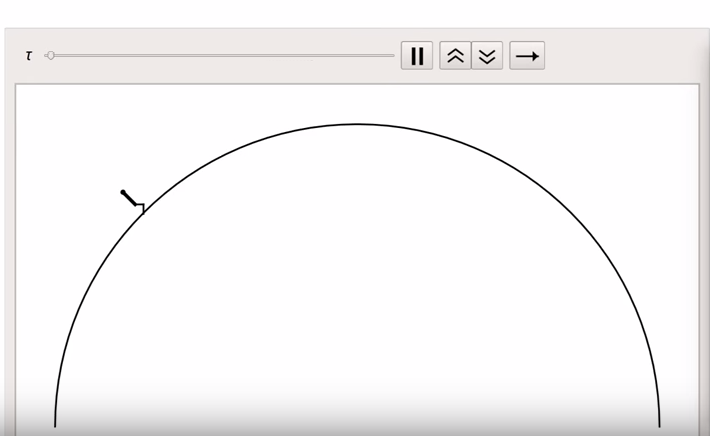
Human on Roller Coaster
December 1, 2015
Overview
This is the final project for the course: ME314 Machine Dynamics, Northwestern University
Three scenarios of human on roller coaster have been selected to simulate in Mathematica: 45 degree inclination; climbing to the hilltop and the loop. The G forces have been considered to design the radius of the loop. As the fact that the upper body is normally fixed to the seat on roller coasters, in all the scenarios, the upper body (head, trunk and waist) follows the trajectory of the cart. The lower body, consisting of the thigh and the shank, is simulated as a two-link planar robot of four configuration variables. The statistics of body measures: masses, inertias and lengths of thigh and shank and the length of trunk have been implemented. Important concepts include: Rigid body transformation, Euler-Lagrange equation and Constrained dynamics.